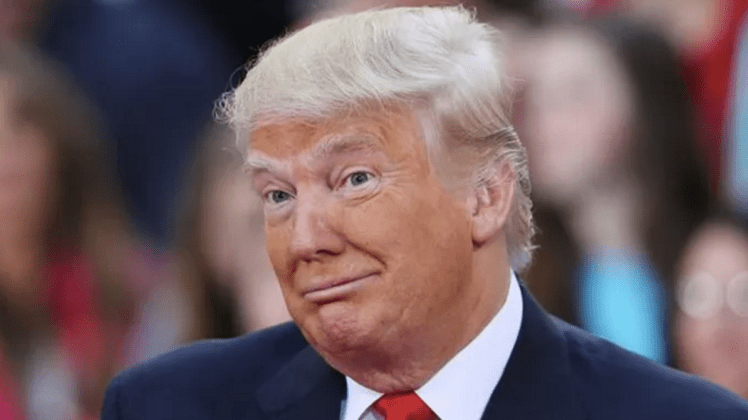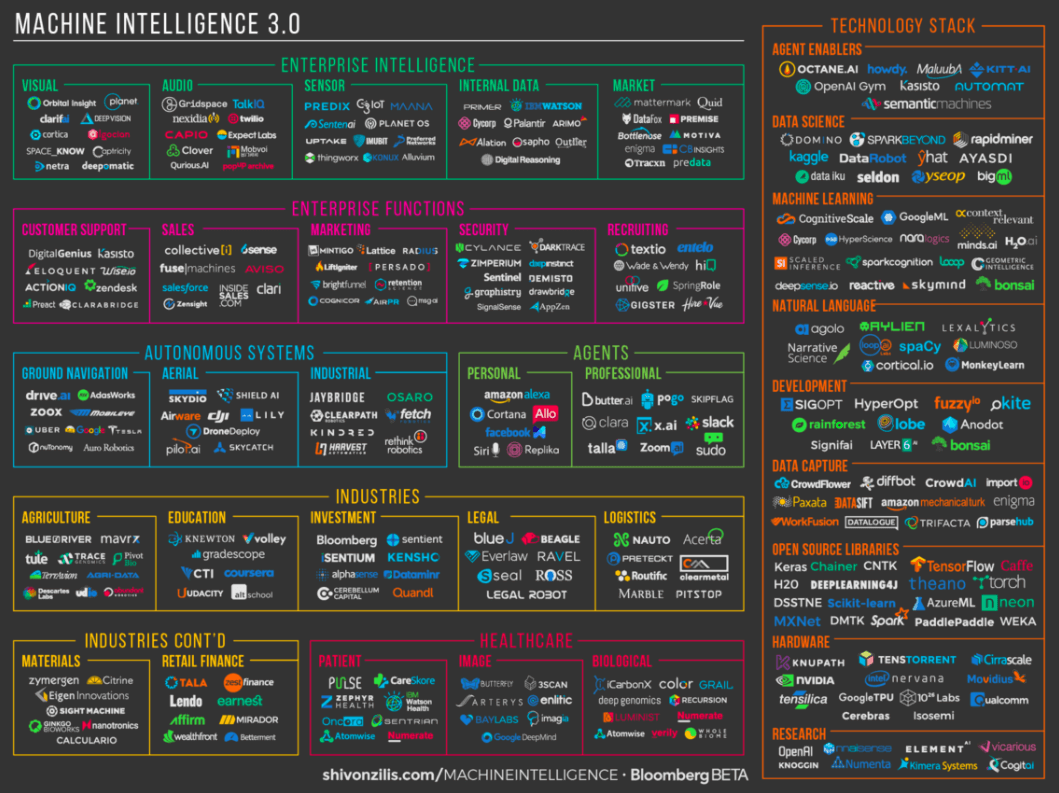Traditional media is in trouble. They are no longer the only source of news and information. Internet and social media have become the main platform for news sharing. Pew Research Center Reports indicate that 62 percent of Americans get their news from social media. The rise of social media also means that anyone and everyone can create and share news stories, whether they are true or not. Consumers are bombarded with a wealth of stories with no disclosure of whether the content is real.
On social media, it’s emotion that counts — not facts. As Sam Lessin, former vice president of product management at Facebook, told Wired, “You need to be radical in order to gain market share. Reasonableness gets you no points.” Enter fake news. To truly engage the emotions of their readership, news publishers have resorted to publishing a distorted truth in order to maintain traction in the news market. Nowadays, news has to be shareable, and the more radical the news, the more shareable it is on social media.
The cost of publishing fake news is close to zero, and therefore the incentive to maintain a reputation as a trustworthy news distributor becomes less and less. Google is combating fake news by introducing a Fact-Check Feature on both the news.google.com website and in the Google News and Weather applications on our phones and tablets. As reported by Android Headlines, there are currently more than a hundred active fact-checking websites, citing the Duke University Reporter’s Lab as a source. However, as they point out, due to the low cost of sharing information, far more operators are involved in spreading news, making it nearly impossible to check and regulate all false news sources.
The role of AI in detecting fake news
However, we are no longer living in an era where humans need to do all the work. The West Virginia University is making rapid strides in developing artificial intelligence systems to detect whether news is fake.
June 5th: The AI Audit in NYC
Join us next week in NYC to engage with top executive leaders, delving into strategies for auditing AI models to ensure fairness, optimal performance, and ethical compliance across diverse organizations. Secure your attendance for this exclusive invite-only event.
At WVU, members of the computer science department are teaming up with The WVU Reed College of Media to create a fake news detecting system. One approach uses machine learning to analyze text and assign it a score that represents its likeliness to be fake news. To increase transparency, these scores are broken down into several components that explain the rating.
Stephan Woerner, one of the computer science students, states, “Artificial intelligence (AI) can have all the same information as people, but it can address the volume of news and decipher validity without getting tired. People tend to get political or emotional, but AI does not. It just addresses the problem it’s trained to combat.” Their work is a cross-discipline endeavor because solving the fake news crisis rests not only on AI, but also requires social and political inputs.
Catherine Lu, a product manager at fraud detection company DataVisor, is positive about the possibilities of AI to detect fake news. According to Lu, AI can detect the semantic meaning behind a web story by analyzing the headline, the subject, the geolocation, and the main body text. Natural language processing engines can look at these factors to determine how one site’s coverage compares with how other sites are reporting the same facts, as well as how mainstream media sources are handling it.
The Fake News Challenge is another platform that fights the battle against fake news. This research program focuses on the potential of AI, in particular machine learning and natural language processing, to identify fake news stories. It starts off with a Stance Detection process that examines the perspective of the news article in question relative to another take on the topic. For example, it detects whether two headlines agree or contradict each other.
Ertunga Arsal, the CEO of German cybersecurity company ESNC, told Fox News that the proliferation of fake news articles on the internet actually counts in favor of AI’s chances of detecting fake news stories. This is because the massive amounts of information feeds machine learning and natural language processing systems lots of data to learn from.
Yet AI is not completely up to the job yet. While tools like those of Fake News Challenge can call shenanigans on narrowly scoped news articles such as “US unemployment went up during the Obama years,” a more sophisticated headline such as “The Russians under Putin interfered with the US Presidential Election” is still beyond what AI and machine learning can call out as false or correct.
According to Fake News Challenge, “It won’t be possible to fact check automatically until we’ve achieved human-level artificial intelligence capable of understanding subtle and complex human interactions, and conducting investigative journalism.” An automated system will certainly make parts of the job much easier and more efficient for human fact-checkers, however.
Criticism of using AI to detect fake news
Not everyone is so sanguine. Paul Shomo, senior technical manager at security firm Guidance Software, told Fox News that the producers of fake news articles can use the AI algorithms to manipulate the analysis of their works, and that false positives could identify real news stories as fake.
Darren Campo, adjunct professor at NYU Stern School of Business, is also wary about the consequences of detecting fake news with AI. In the same Fox News article, he says that people care about whether news matches up with their own worldview rather than whether it is fake or not. Fake news is primarily based on the emotional response of its readership. According to Campo, “AI cannot comprehend the context in which people are prepared to enjoy a lie.”
One thing is certain, fake news is threatening the degree to which people are informed about world events. The ways and means of obtaining news has changed, and technology will have to change with it to ensure that people hear the truth instead of falsehoods. There is a role for AI to play in separating fact from fiction when it comes to news stories. The question remains whether readers still care about the difference.



